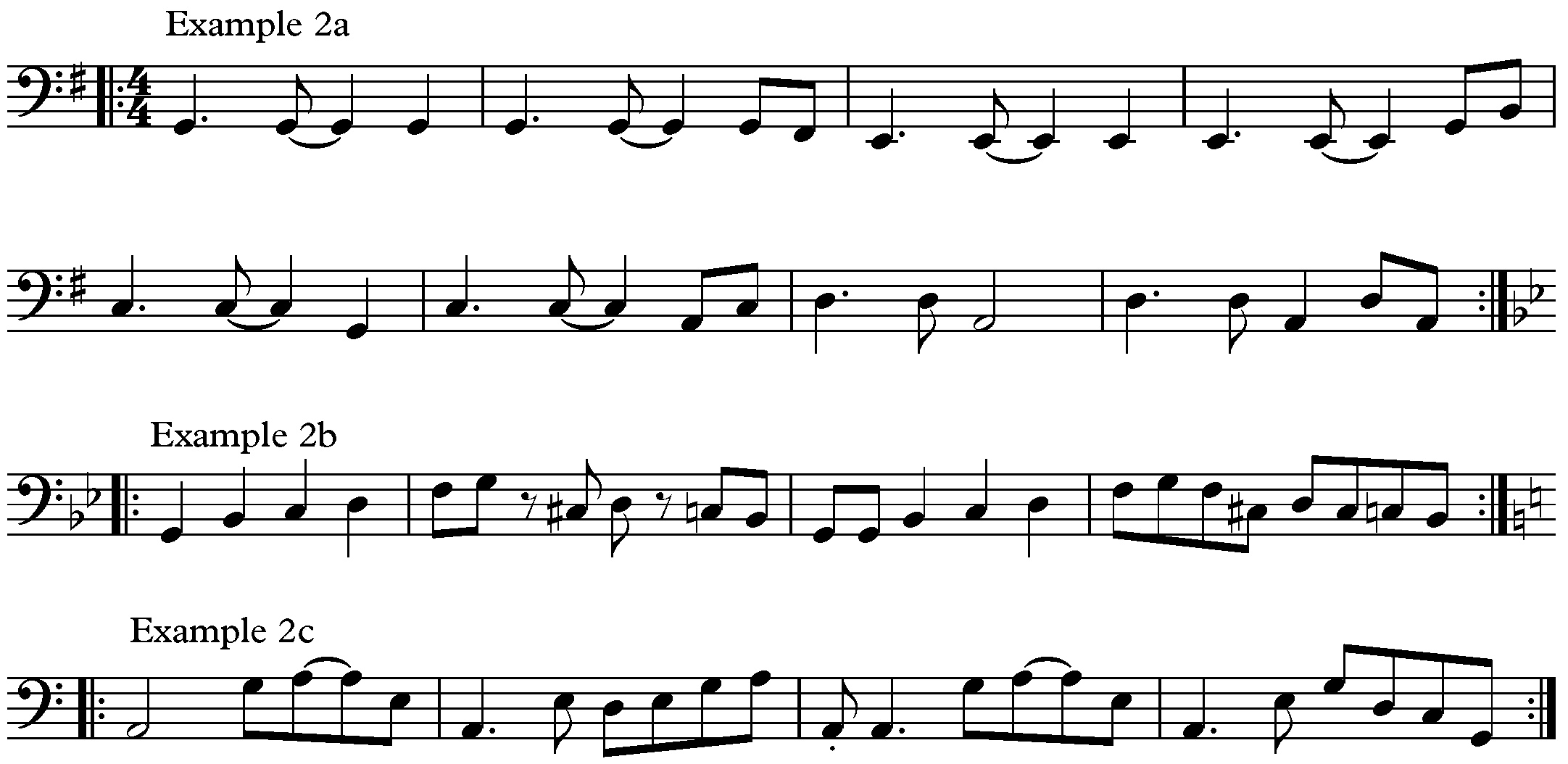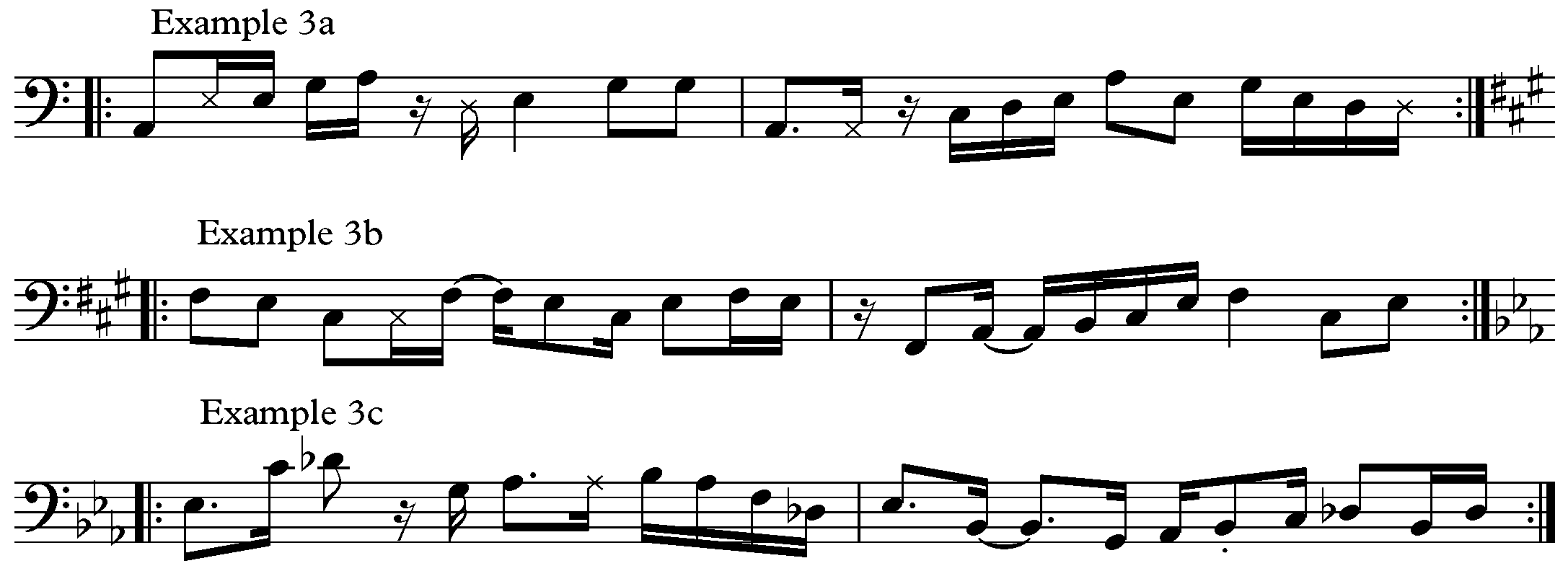Sight Reading Part 8 – Reading Bass Clef
By Rob Thorpe
In the last sight reading article we looked at octave transposition. This time we’re expanding our reading abilities by entering the underworld known as bass clef. Pianists are familiar with reading both clefs, but guitarists are rarely required to read from bass clef.
However, I think it’s a really useful skill to have under your belt in case you find yourself covering bass guitar, or sometimes an important bass part will be added to a jazz lead sheet and you’ll be equipped to able to play it, if for example you’re playing in a duo or trio setup with no bassist.
Thankfully bass clef obeys all the principles that we’ve looked at so far when reading in treble clef. If you’ve been following the series so far and are making sense of reading melodies on guitar, then you should be up and running on bass clef with only a little bit of practice.
Bass clef is also known as an ‘F clef’. This is because the two dots in the clef and dot in the clef itself are signifying where F is. (This is compared to treble clef which centres around G on the stave.) A useful little mnemonic for remembering the notes in the spaces of the bass clef is ‘All Cows Eat Grass’.
Following on from last week’s lesson on octave transposing we’ll be reading up an octave from where a bass guitarist would read the notes on the bass clef. For example, the bassist’s open E string is just below the stave, and as guitarists we’ll just treat this as our low E string.
Example 1
Ex. one shows the open guitar strings on the bass clef. Take a minute to work out the names of the rest of the notes using this and the mnemonic above and a starting point.

Example 2
Ex. one features three simple pop bass lines. Be sure to observe the key signatures and the new position of each accidental. Knowing which notes are altered in each key can help refresh your memory of the bass clef too. For example, ex. 2A has one sharp, denoting G major, so the sharp is F#, positioned on next to the top line.
The lines generally follow the root notes but typically incorporates passing tones too. Aim to read these examples at a speed that allows you to play it all consistently and evenly. If you were playing the bass role, then rhythmic control is of paramount concern.

Example 3
The examples in our last section are a little more involved and feature dead notes, wider intervals and fills characteristic of bassists like James Jamerson. Read these slowly to be precise as there’s a lot of information to get off the page in one or two passes. It can be useful to observe the most important notes in the groove and learn to filter the information so that you can quickly read a performable version straight away.
The rhythms are more intricate here so if you’re feeling a bit daunted by all that syncopation, then have a quick refresher with our earlier lesson on rhythmic reading here. Refrain from listening to the audio before you’ve at least attempted to play the example.

Recommended reading: If you’re a jazz guitarist then there are certain bass lines in common standards that you should familiarise yourself with including A Night in Tunisia, All the Things You Are and Birdland. All of which can be found in fake books, and often have the bassline notated in bass clef at the start. Check out also Bass Guitar Sight Reading Mastery by Joseph Alexander available here.
| Read Previous Lesson | Read Next Lesson |
“The artists you work with, and the quality of your work speaks for itself.”
Tommy Emmanuel
© Copyright Fundamental Changes Ltd 2024
No.6 The Pound, Ampney Crucis, England, GL7 5SA
